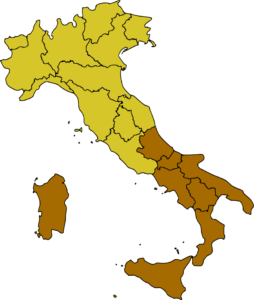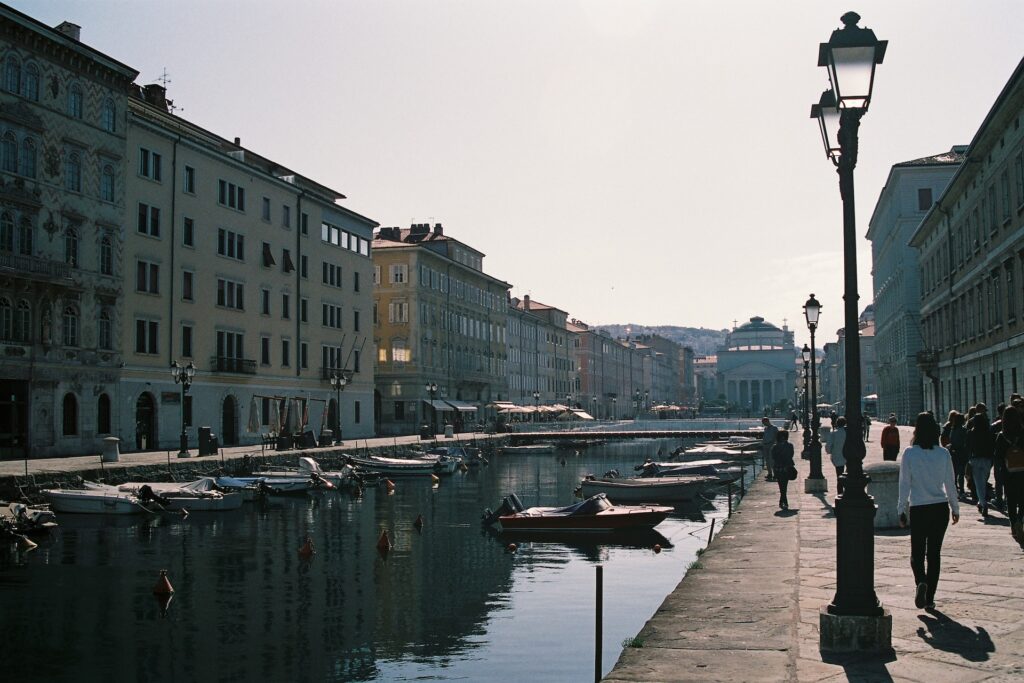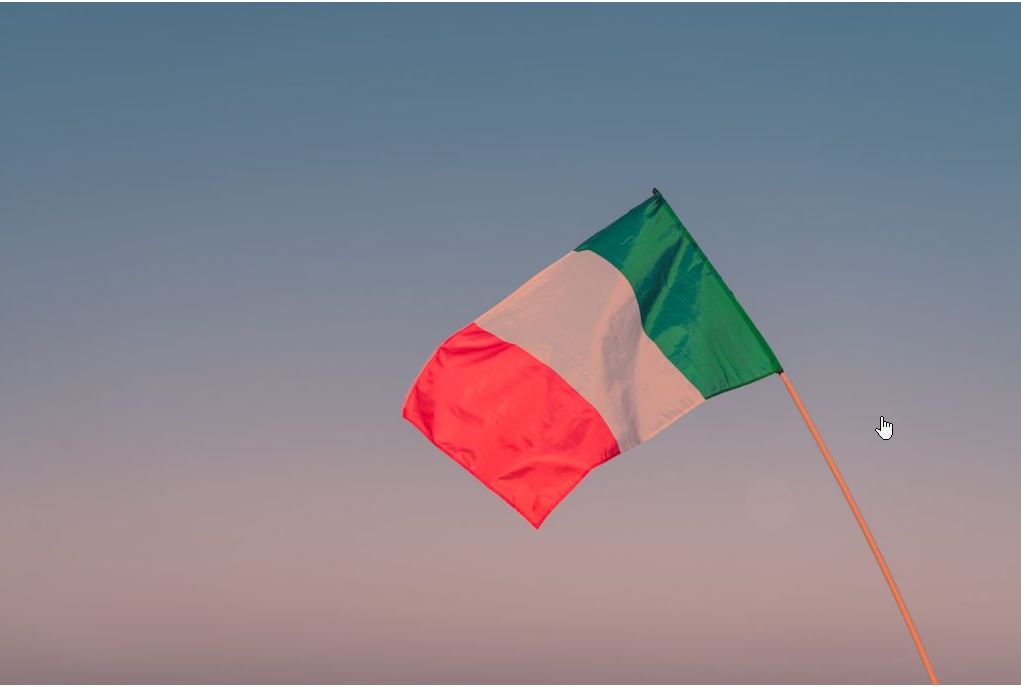

North Italy
The north of Italy is divided into 8 regions. There are 7 regions which border with the Alps and 4 bordering the Mediterranean Sea.
Some example of such regions are Lombardy, Veneto, Friuli Venezia Giulia, Piedmont, Aosta Valley, etc.
South Italy
The southern pary of Italy consists of 8 regions like The north. All of them have access to sea and two of them are islands – Saradinia and Sicilia. There also are regions like Calabria, Campania, Molise and a few more.


Economy
The most well known difference is that the north of Italy is more wealthy, for example the Lombardy region GDP per capita is equal to 127% of the EU average. The people there are more business orientated, and the north has better quality of infrastructure. At the same time the south is less wealthy, the GDP per capita of Calabria is 56% of the EU average. People aren’t as enterprising as from the north, and the region’s infrastructure is lower quality.
Culture and dialects
The culture of northern regions was shaped by German, Swiss, French, and also Slavic influences. There are also some dialects, especially in the regions bordering other countries. The most known northern dialects are Swiss-Italian, which is mostly spoken in the Lombardy region and Franco-Provençal spoken in northwestern Italy. In the south of Italy, the culture was influenced by Mediterranean countries such as Spain and Greece. They also have their own dialects, such as Neapolitan and Sicilian.


Attitude
People from northern regions are often considered to be much colder and less hospitable. Life in the north tends to be faster-paced, more stressful, and more focused on making money. In contrast, the south’s people are much warmer and more hospitable. Life there tends to be slower and calmer.
Friuli Venezia Giulia
Friuli Venezia Giulia is one of the five autonomous regions in Italy. The capital of the region is Trieste, located on the Gulf of Trieste near the border with Slovenia. The region has an area of 7924 km2 and a population of 1.2 million. It has access to the Alps and the Adriatic Sea. Trieste is the largest urban area in the region, but the second largest is Udine, which was the capital of the region.


